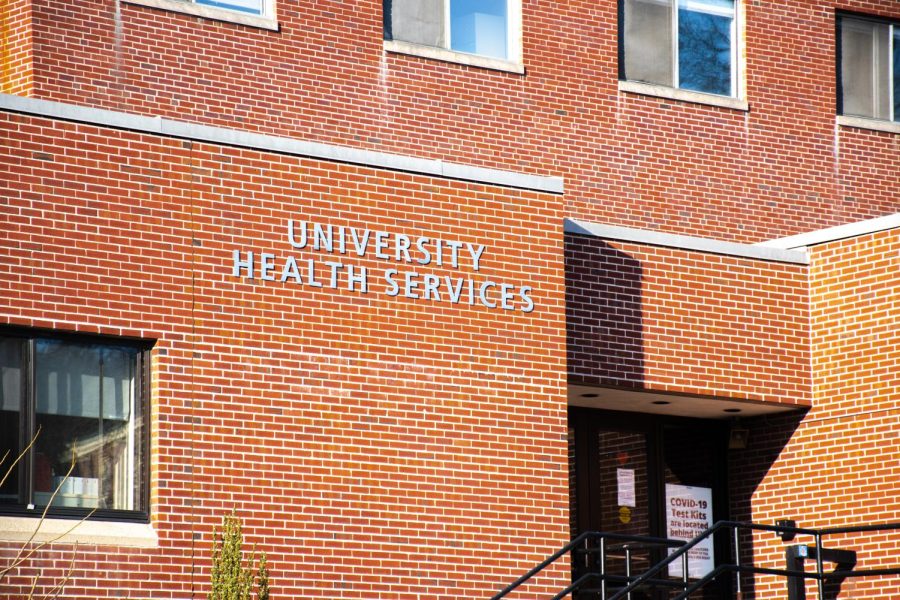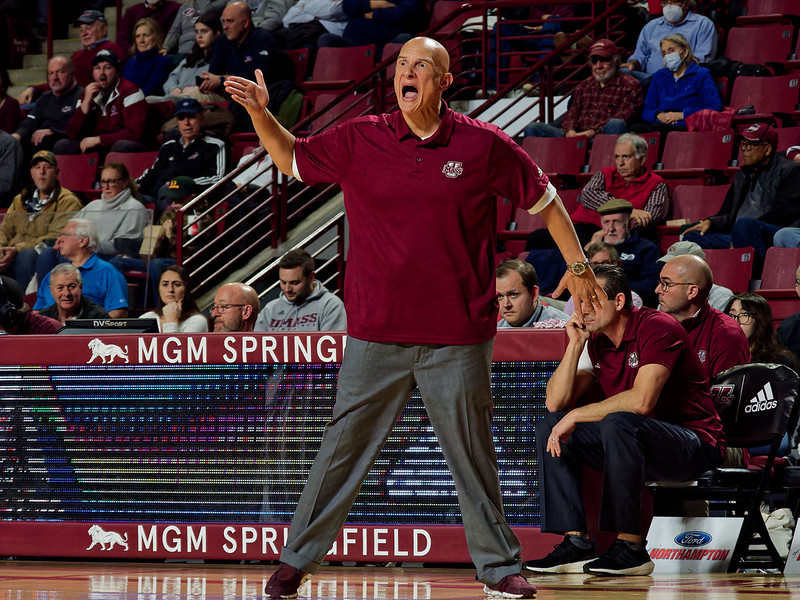Despite the rapidly growing Hispanic population in the United States, Hispanics only represent a small portion of health professions, making up 4.9 percent of medical and health professionals. Health occupational jobs are low paying with low mobility, while practitioners have substantially higher incomes with much more potential for advancement.
In Massachusetts, the median annual wage for healthcare support occupations is $39,353, while health diagnosis and treating practitioners make $103,723 annually. Hispanics make up 17.3 percent of health care support occupations and a mere 2.6 percent of health diagnosis and treating practitioners.
In the U.S., home care health aids play an essential role in the health care system, and these jobs are consistently in high demand. Health care support aids care for the elderly, disabled and other vulnerable populations in need of significant assistance. Home aids work long hours, which are often incredibly physically and emotionally demanding.
The home health aide profession is rooted in slave labor. As a result, this is an exploited and underappreciated workforce. Many healthcare occupational jobs have historically been excluded from U.S. labor laws, and they often lack the most basic rights and protections, including discrimination and harassment laws, the right to a safe workplace and a minimum wage.
Many healthcare occupational jobs do not require previous educational credentials, while most higher paying professions in healthcare require post-graduate degrees. Lack of education is a primary reason why Hispanic individuals comprise such an overwhelming number of occupational jobs and such a small percentage of more prestigious healthcare jobs with better pay and benefits. The lack of Hispanic students at colleges and nursing and medical schools largely limits the number of Hispanics entering healthcare professions.
The lack of Hispanics graduating with degrees can be confounded with the barriers Hispanic students face at institutions of higher learning, like the difficult transition to a new environment, underrepresentation on campuses among students and faculty, familial obstacles and lack of necessary support.
Many Hispanic students experience culture shock when beginning their educational career, as they must often adjust to a culture and lifestyle that is very unfamiliar to them. In many cases, emotional challenges arise as a result.
A disproportionate number of Hispanic students have experienced poverty, significant familial obstacles and other traumatic events. Many Hispanic students have responsibilities other students may not, such as caring for a family member or playing an essential role in financially supporting their family. These factors have direct impacts on their ability to succeed academically, socially and otherwise.
A family’s ability to fully understand their child’s educational journey and assist them if necessary is an important part of a student’s success. Many Hispanic students do not have family members who have attended college. This can often lead to a lack of familial support in their educational endeavors, which can exacerbate the factors that impede a Hispanic student’s success.
At many educational institutions in the U.S., Hispanic students are severely underrepresented. This makes it difficult for new students to find a community and network during their transition to a new environment.
At the University of Massachusetts, there is a lack of diversity especially notable in the small number of Hispanic students on campus. Last fall, 9.6 percent of the domestic undergraduate population identified as Hispanic. Hispanic students made up about 7.2 percent of the undergraduate degrees awarded in 2021, and approximately 9.4 percent of the degrees awarded by the College of Nursing.
There is also a lack of representation among faculty at academic institutions, which means less guidance and mentorship is available for minority students who rely on such support. At UMass, there is a lack of diversity among underrepresented groups of faculty members — Black, Hispanic and Native American/Alaska Native. In 2021, 77.3 percent of domestic faculty members identified as white.
We must commit to mitigating the major disparities in the healthcare workforce. First, the lack of Hispanic students attaining degrees must be addressed. In committing to admitting more Hispanic students, more Hispanic recruiters should work to reach minority communities. Increasing the admittance of Hispanic students should be met with an increase in an institution’s efforts to understand and guide these populations in their endeavors.
Strengthening a learning community should be done through expanding the available tutoring or peer advising opportunities. Advisors and faculty should work more closely with Hispanic students and their families to guide them through the obstacles faced by underrepresented groups.
Hispanic Americans are crucial to the healthcare workforce, yet they work some of the most burdensome jobs with very little yield. An investment in the educational opportunities available to Hispanic students is an investment in the future of Hispanic generations and the U.S. health care system.
Juliette Perez can be reached at [email protected].



















